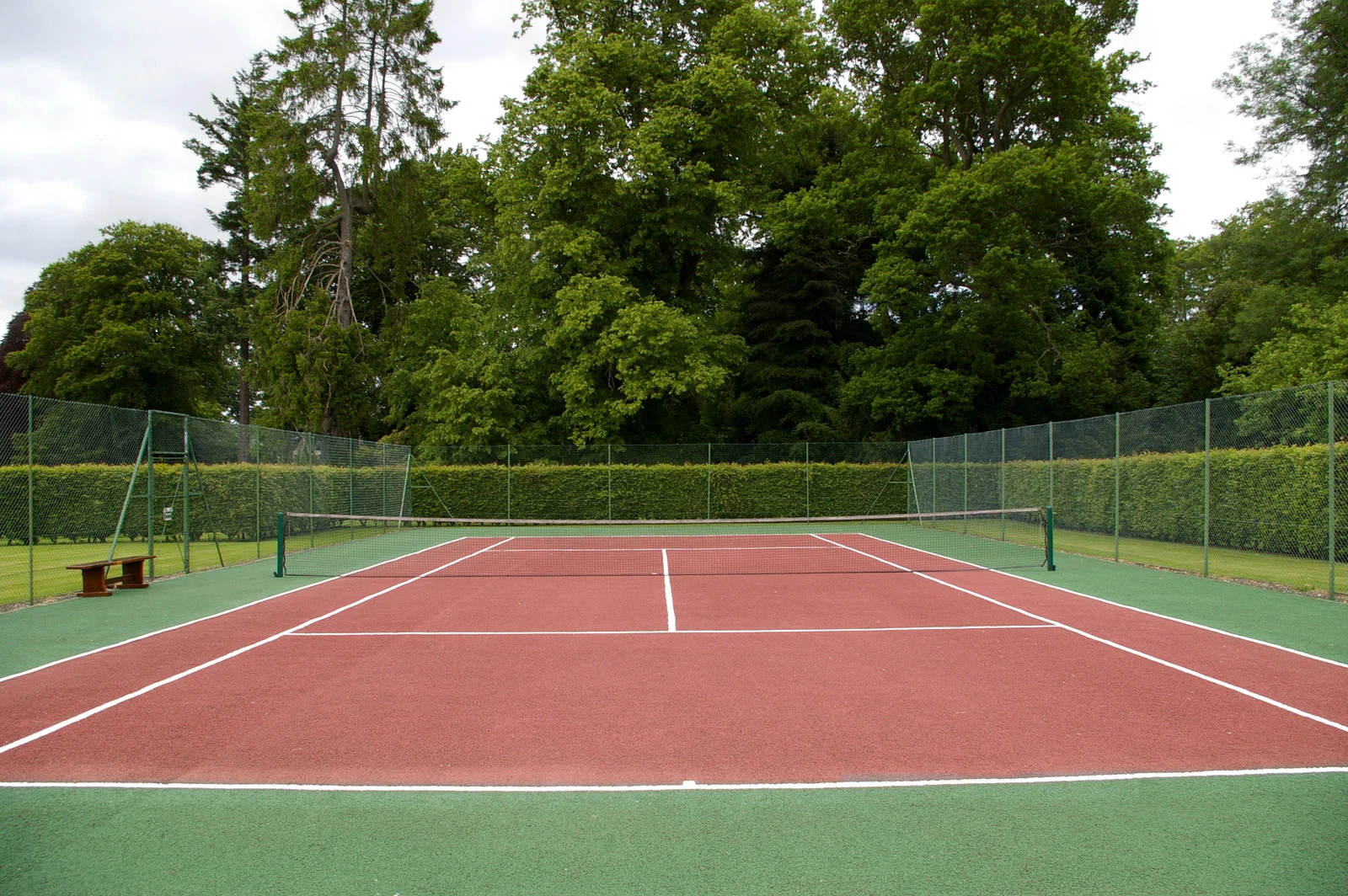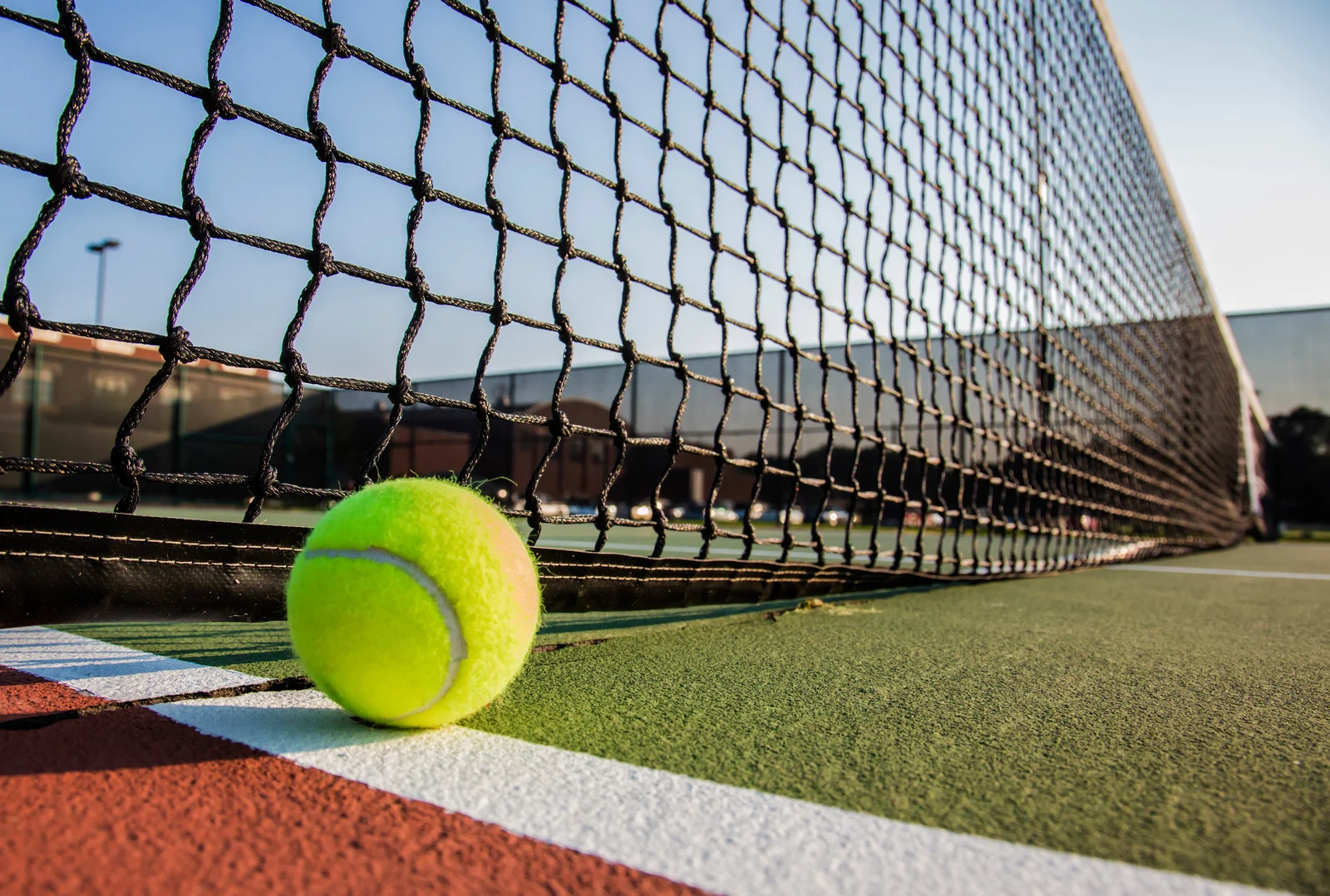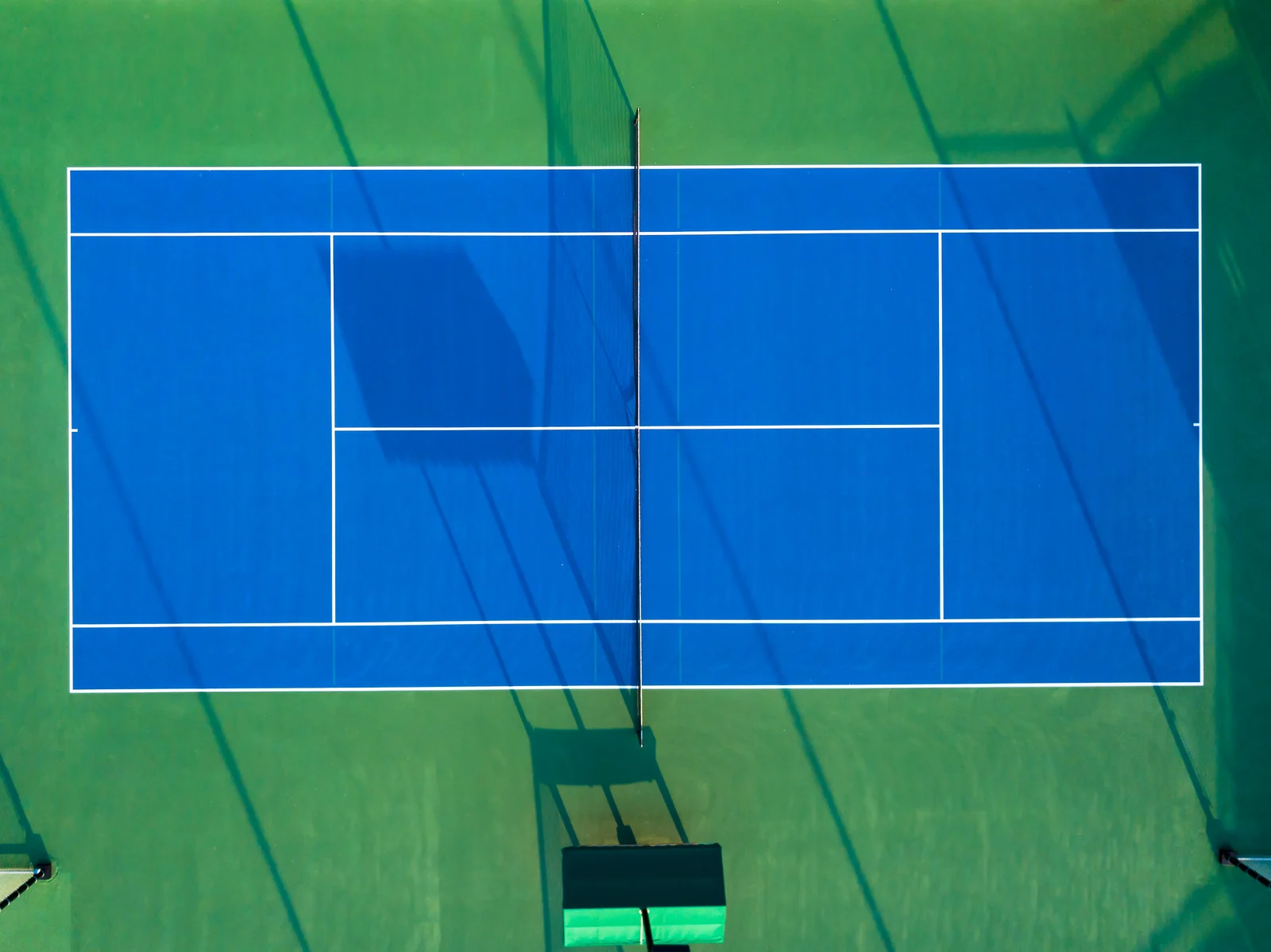Introduction
The type of surface of the court makes a huge difference in your game when it comes to playing tennis. Different level of bounce and speed are offered by various courts that impacts the way of the game.
In this article, you’ll learn about the tennis court surfaces, characteristics they offer and also their affect to the tennis ball bounce. You’ll also get to know about why different tournaments provide specific types of courts, top players’ preferences and the way court supply companies can be helpful to choose the right tennis court surface.
Find Out the Different Types of Tennis Court Surfaces?
The main types of tennis court surfaces are:
1. Hard Court Surfaces
The most common surface of tennis court is Hard Court Surface. They can be used both indoors and outdoors in various colours. Also, they are found all across the world. You will get a consistence bounce and a medium-fast to fast playing surface.
Characteristics:
Made of materials like asphalt or concrete. It is then covered with a smooth acrylic surface.
It provides a faster-paced game as the ball bounces quickly and skids off the surface.
It becomes impossible for in-form players or big servers to dictate the tennis match as the ball’s speed and bounce varies depending on the type.
They are used in major tennis tournaments like US Open and Australian Open.
2. Clay Tennis Court Surfaces
The two forms of clay courts are red clay courts and green clay courts. Green clay is quite faster than clay red. As, red one is made of crushed basalt and brick that compacts with time. On the other hand, natural clay and red clay are the slowest forms available. The ball bounces off and grips the clay surface.
Characteristics:
Courts may be made of natural or artificial clay.
Clay courts are renowned for providing a slow-paced game with a high-bounce ball.
Since the ball has more grip and slower speed, it’s easier to make long rallies on a clay court.
Most notable events held on clay courts include the French Open Championship, Monte Carlo Masters Series, and Rome Masters Series, etc.
The surface can also be slippery at times during damp weather conditions making it difficult for types of players to maintain balance.
3. Grass Tennis Court Surfaces
Grass courts offer a fast-paced game with a low bounce and are often associated with the Wimbledon Tennis Championships. Natural grass surfaces are rare, and the grass must be kept cut short to provide the correct ball bounce and speed. The ball can skid through, making it more challenging to return and increasing the potential for slips and falls.
Characteristics:
These courts are made of natural grass surfaces kept short.
They offer a faster-paced game with the ball having a low bounce making returns much tougher and making it a great opportunity for the big servers to excel here like Pete Sampras and Goran Ivanisevic.
An essential factor to keep in mind is that the ball can change direction unexpectedly, and you may have to adjust your footing for a low-bounce or errant round.
This is not that common in current times, but it is famously played on at Wimbledon.
4. Carpet Court Surfaces
Carpet court surfaces are not commonly used in tennis tournaments, but some indoor events use them to overcome harsh climatic conditions, mostly in Europe.
Characteristics:
Courts are made of synthetic fibers and can be used indoor and also outdoors.
They have the most variety when compared to other different surfaces.
They’re significantly faster than most other outdoor ones and still slower than other indoor ones.
The fast surface allows for big servers to dominate while the controlled game lets the baseline players excel at play.
5. Acrylic Court Surfaces
They are typically found in a variety of colors, from bright green to navy blue, and often feature a textured acrylic surface that stands up well to extreme weather conditions. They’re not commonly used in tennis tournaments, but more schools and facility suites use them because of their versatility.
Characteristics:
Courts are similar to hard courts but provide a more consistent bounce.
They are similar to hard courts in that they are made of concrete and covered with an acrylic surface but they provide a more consistent bounce with more durability and variety in terms of setup.
They’re more cost-effective than hard courts and are easier to maintain.

How Do Different Tennis Court Surfaces Affect Bounce of The Ball?
1. Hard Court Surfaces
Ball Bounce and Speed
They provide a faster pace style of play when compared to other surfaces, and the ball bounces higher. The fast surface allows the player to dictate and aggress their opponent with power plays and return winners.
Impact on Tennis Players
Hard surface can be very tough on the joints over extended periods of play with increased chances of injury, but they are great for fast gameplays, big servers, quick footwork, and agility.
2. Clay Court Surfaces
Ball Bounce and Speed
Clay court provide a slower-paced game with a high-bouncing ball. They provide more extended rallies and defensive plays, and the ball tends to slide off the surface with a greater spin. The thicker the clay layer, the more the court slows down and the ball bounces higher.
Impact on Tennis Players
Clay courts offer less stress on the body, and players can handle longer matches without getting exhausted easily. It allows for a great deal of defensive and athletic play where players have to slide, dive, and stretch more than on other surfaces.
3. Grass Court Surfaces
Ball Bounce and Speed on Grass Court Surfaces
Grass court provide a fast-paced game with a low-bouncing ball and the ball skids through the surface. The ball gains less bounce than on other surfaces, making it more challenging to make volleys and returns.
Impact on Tennis Players
Grass courts are fast and recompense for attacking play with big serves and quick volleys. However, they can also make players susceptible to slip and fall due to the surface being mown short, making it dry and slippery.
4. Carpet Court Surfaces
Ball Bounce and Speed
Carpet court provide a fast-paced game with a low-bounce ball making it easy for the players to hit hard with fast serves and aggressive returns.
Impact on Tennis Players
Carpet courts provide an even playing field for all types of tennis players. However, players who are vulnerable to sudden movements or falls must be cautious as the game requires quick reflexes with the risk of ending up on the floor.
5. Acrylic Court Surfaces
Ball Bounce and Speed
Acrylic court provide a hard and smooth playing surface with a consistent and medium-fast pace. They are great to minimize unpredictable bounces and to provide players with a true, reliable court experience.
Impact on Tennis Players
The acrylic one is quite hard on the joints, similar to hard courts, but it does not provide the players with any additional risks. It rewards big servers and players who like quick movements with good reflexes.

Conclusion
The question which everyone has in their minds is which surface reigns supreme?
Well, the answer to this question depends on what you want.
Standard clay courts are known for their slower speed of play and higher bounce than other surfaces. While natural grass courts allow for speedy rallies, they can quickly turn into a mud pits. Hard court surfaces are considered the friendliest for professional tennis events.
At the end of the day, it’s all about personal preference and what you’re feeling in the moment.





